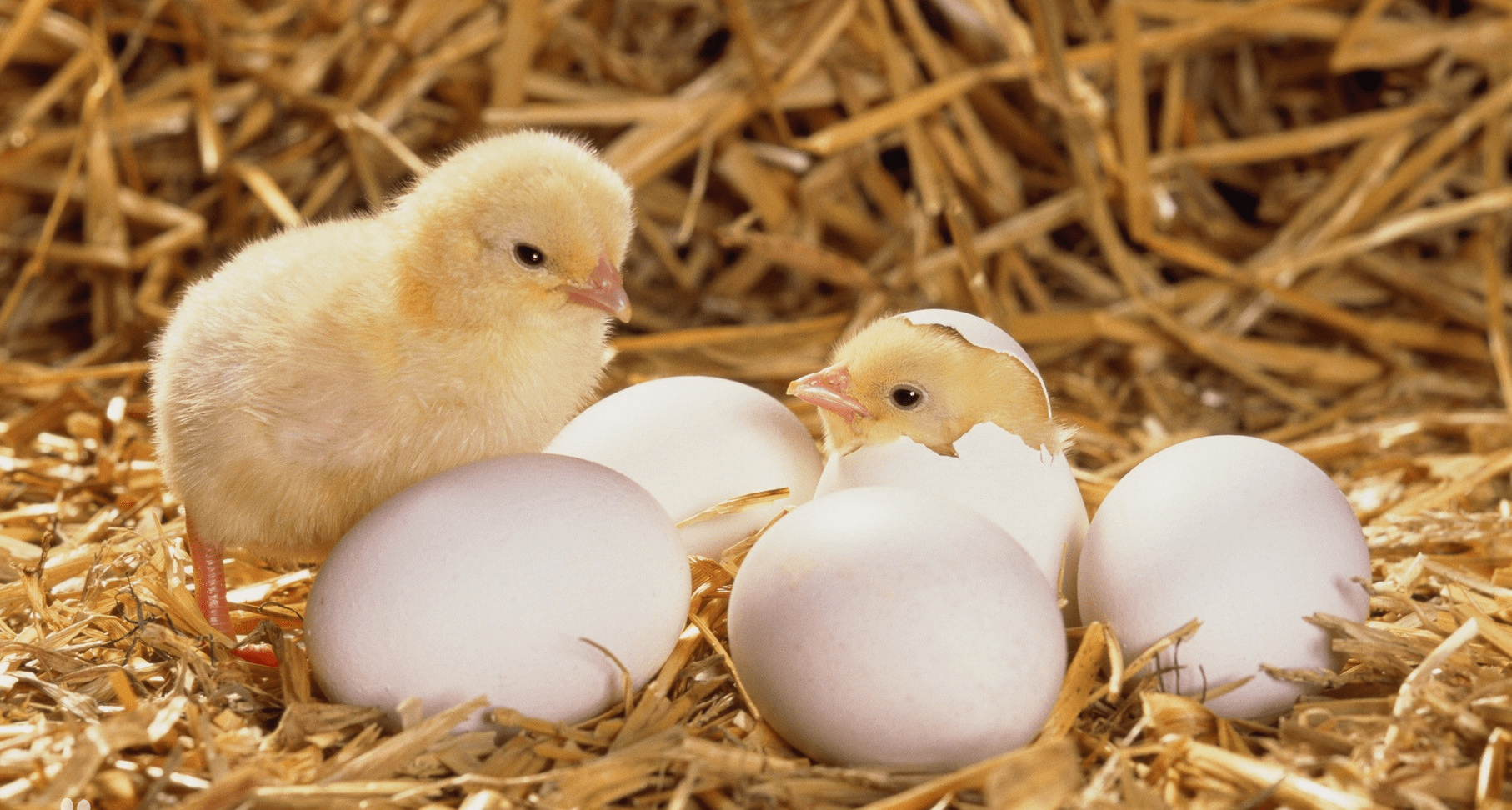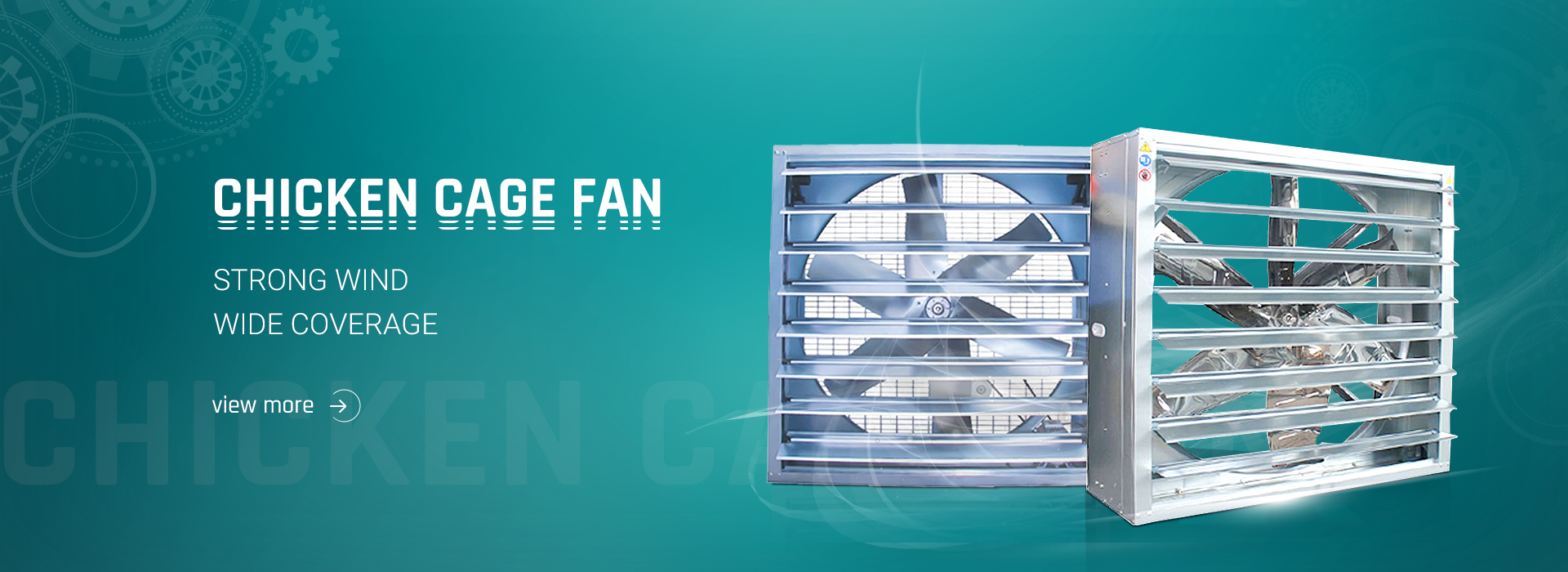The biological characteristics of chickens
1. The body temperature is between 40.9 degrees and 41.9 degrees, and the average body temperature is 41.5 degrees. For young chickens, when breeding, the temperature of the chicken house is high, generally 35 degrees Celsius.
2. Heartbeat, 160 to 170 beats per minute, chicks are higher than adults in terms of age. In terms of gender, the hen is higher than the rooster.
3. Laying eggs, a hen lays an average of about 300 eggs per year, with an average hatching rate of more than 70%.
4. In addition, the feed-to-meat ratio is generally 1.50-2.00:1; the feed-to-egg ratio is generally 2.0-2.5:1.0.
5. Chickens generally live up to 13 years (breeding environment).
6. Laying hens: generally start production in about 110 days (factory breeding), and will be eliminated by 72 weeks and weigh about 2 kilograms when eliminated.
Male-female identification
Rooster: Eyes round, fast feeding.
Hens: small head, oval eyes, late starter, slower eating than normal chickens, more roosters come out after 20.5 days, and more hens come out after 21 days.
Peak ingestion: Under natural light, the peak ingestion is 2 to 3 hours after sunrise and 2 to 3 hours before sunset.
Peak egg production: 2 to 5 hours after the start of light.

Chicken habits
Poor cold resistance. The body temperature of the young chicks is 3℃ lower than that of the adult chickens. It takes 10 days to reach the normal body temperature. In addition, the chicks have short and sparse hairs and cannot keep out the cold. Therefore, they are not very adaptable to the environment and must rely on artificial heat preservation for the chicks to grow normally. development. Chicks from 1 to 30 days old should be kept warm and kept in a clean and hygienic environment. Chickens that are more than 30 days old have basically full feathers and do not need to be kept warm. High body temperature and fast growth. Generally, the body temperature of chickens is between 40.8~41.5℃, so they must be raised in a well-ventilated environment with warm winter and cool summer. In addition, chickens have short digestive tract, strong metabolism and fast growth and development, so they must be fed with adequate nutrition and easy to digest. The feed can meet the needs. Weak resistance. Especially young chickens are vulnerable to harmful microorganisms. Therefore, in addition to doing a good job in environmental hygiene, we must also do a good job in prevention. For example, it is strictly forbidden for outsiders to enter and leave the chicken coop, the environment and cages must be disinfected, and all kinds of chickens must be regularly injected with various vaccinations. Easy to startle group. Chickens are timid, especially young chickens are easy to flock, crowded in the light ones, growth and development are blocked, and trampling on the severe ones can cause disability and death. Therefore, raise chickens in a quiet place. Rough management, sudden noises, intrusion of dogs and cats, and seizures can cause disturbances in the flock and affect growth. Afraid of dampness. Chickens should grow in a dry and ventilated environment. If the environment is humid, some pathogens and molds are easy to grow and reproduce. If the chicken house is humid, the chicken manure will ferment to produce toxic gases, making the chickens easy to get sick.

Chicken feathers are divided into chicken feathers and pheasant feathers, the exposed part is called outer feather, and the part that is covered by the skin is called down feather. The output of feathers is 7.6%~8.6% of the live weight of chickens. If it can be widely collected, processed and utilized, it can be used to make pillow cores, quilts, vests, military sleeping bags, etc., and large feathers can also make feather fans, badminton, etc. .
Acquisition process
(1) Collection and preservation of feathers
①Collecting There are two types of plucking: dry plucking and wet plucking. Dry plucking is better. Wet plucking is used in most areas of our country, and the feathers have a lot of moisture and need to be dried and preserved. When collecting chicken feathers, the down, lamella, and large feathers should be separated, especially the down and lamella are the most valuable, so don’t miss them. The quality and purpose of various feathers are different, so don’t stick them together.
② Drying The feathers should be air-dried in a sheltered, sunny and clean place, and do not mix in impurities. The dried feathers should be stored in time to avoid being blown away by the wind and getting wet with dew at night.
③Preservation Store the dried feathers in a dry warehouse and check them frequently. If they are moldy or have a special smell, they should be dried again.
(2)Processing of feathers
①Wind selection Pour the feathers into the hair shaker in batches, turn on the blower to make the feathers fly in the box, and use the different densities of flakes, feathers, gray sand and foot skins to fall into the receiving box and collect them separately. In order to ensure the quality, the wind speed in the wind box should be even, and the selected feathers should be packed into big bags.
②Pick up the feathers after winnowing and pick up the stalks and miscellaneous hairs again, and check whether the ash content and down content are up to the standard.
③Bundling The feathers that have been picked up are adjusted and piled according to their quality components, so that the velvet content reaches the standard of the finished product.
④Packaging The piled feathers are sampled and re-inspected to meet the standards, that is, they are poured into the baler, and the toe caps, numbered, and weighed are sewn after being taken out. The finished product is ready for sale.
Processing
①Material selection It is necessary to select chicken feathers with dense fluff and divide them according to the position of the chicken. The chicken feathers on the breast and abdomen are the most suitable raw materials for processing chicken feathers.
②Tear down usually use the left thumb, index finger, and middle finger to squeeze the upper hair tip of the chicken down, and then use the right thumb, index finger, and middle finger to pinch the down and right down of the chicken feather and tear it down and tear it off. The velvet filaments form flowers, which is chicken velvet.
③ Color separation When tearing down velvet, except for white chicken velvet to separate separately, other colors are collectively called gray chicken velvet and can be stored together.
④Packaging White chicken down and gray chicken down must be packaged separately because of the different prices. Chicken down is a light foam material, in order to save transportation costs, it should be stepped on and tied firmly during the packaging process. The specifications and quality of chicken down naturally require dryness and soft hand feeling. The chicken down content is good and the strong pure down must not be less than 90%, of which the re-feathering must not exceed 10%, and the wool flakes must not exceed 2%.
Nutritional value
The chicken is delicious and nutritious. Most of the nutrients in chicken are protein and fat, but the chicken lacks calcium, iron, carotene, thiamine, riboflavin, niacin and various vitamins and crude fiber. If chicken is eaten as a staple food for a long time and Not ingesting other fruits, vegetables and grains can easily lead to sub-health.

Scientific investigations believe that the amount of chicken consumption has a significant impact on the health of the human body, especially the elderly and women.
Nutritionists point out that because people eat a variety of foods throughout the day, on average, chicken has the highest cholesterol content. Cholesterol will greatly increase the incidence of cardiovascular and cerebrovascular diseases. If the elderly and women eat chicken every day, excess cholesterol will inevitably accumulate in the body. This is not only bad for health, but also increases the incidence of heart disease and cerebral thrombosis. The probability.
In addition, some illegal traders add hormones to chicken feeds, resulting in hormone residues in the chicken, which will also affect human health.
Pregnant women who consume chickens containing hormones can lead to milk return and obesity; minors can also lead to precocious puberty.
Efficacy
Chicken is rich in protein, and its fat contains unsaturated fatty acids, so it is a good protein food for the elderly and patients with cardiovascular diseases. It is more suitable to use chicken or chicken broth as a supplement to eat after sickness or after childbirth, especially for silky chicken. It can be used for fatigue and weakness, bone steaming and hot flashes, spleen deficiency, diarrhea, thirst, metrorrhagia, leucorrhea, spermatorrhea, etc.
Post time: Nov-12-2021



